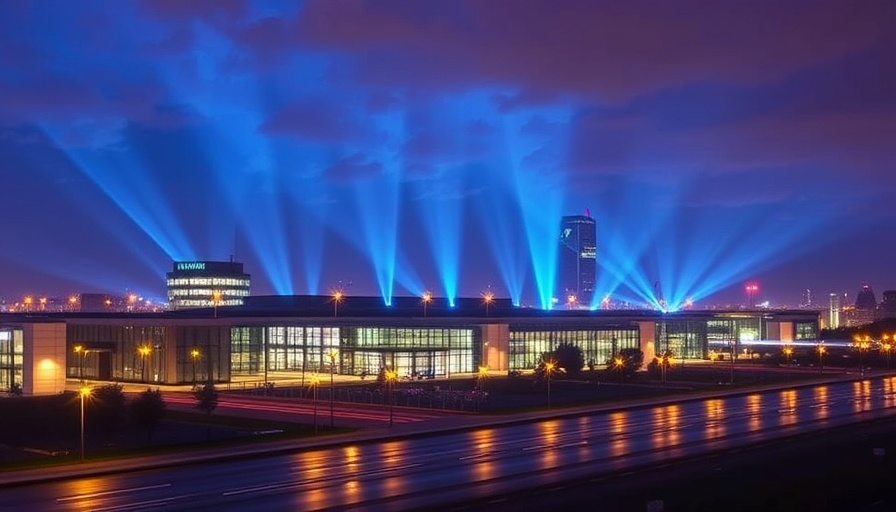
Is the Future of AI Threatening Our Environment?
As the demand for artificial intelligence grows, so does the scrutiny of its environmental impact. The proposed Elsham datacentre in Lincolnshire, projected to cost £10bn, could emit five times the carbon dioxide of Birmingham airport, raising significant alarms about its ecological footprint.
Understanding the Energy Requirements of AI
The Elsham facility is expected to use a staggering 3.7 billion kWh of energy per year, with annual CO2 emissions expected to reach over 857,000 tonnes at peak usage. This revelation underscores the pressing need for sustainable energy solutions in the rapidly expanding tech sector.
Government Policies and Industry Responsibilities
Martha Dark, co-executive director of Foxglove, emphasizes an inherent conflict in the UK government’s strategy: promoting AI development while aiming for net-zero emissions by 2050. The government’s direction appears contradictory, showcasing a tension between economic ambition and ecological responsibility.
Can AI Help Combat Climate Change?
While critics argue that datacentres exacerbate climate issues, some studies posit the technology might offset these impacts. For instance, AI could optimize power grid efficiency and aid in developing innovative zero-carbon technologies.
What’s Next for AI and Sustainability?
The upcoming decisions regarding the Elsham datacentre will set crucial precedents for similar projects worldwide. As major tech firms grapple with their carbon footprints—Microsoft reported a 23% increase in emissions post-commitment to zero carbon—stakeholders must align ambitious technological pursuits with genuine sustainability efforts.
Staying Informed About AI Developments
For those keen on grasping the basics of AI and its societal implications, this unfolding story offers valuable insights. Understanding both the marvels and challenges of artificial intelligence helps create a well-rounded discourse on where we direct our technological ambitions.
As we witness the growth of AI technology, consider how each advancement impacts our global environment. Now is the time to engage in conversations that intertwine innovation with responsibility.
 Add Row
Add Row  Add
Add 




 Add Row
Add Row  Add
Add 



Write A Comment